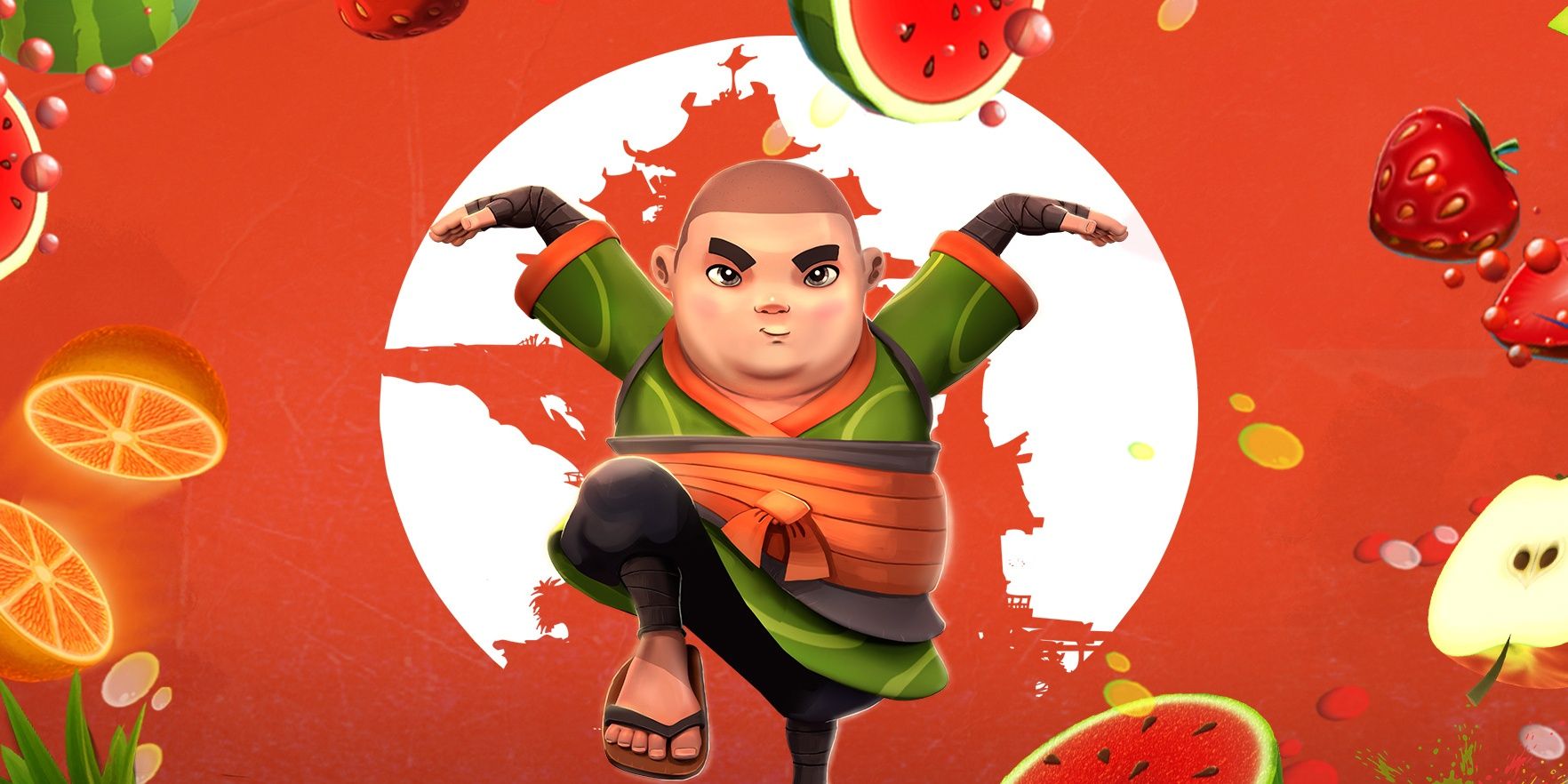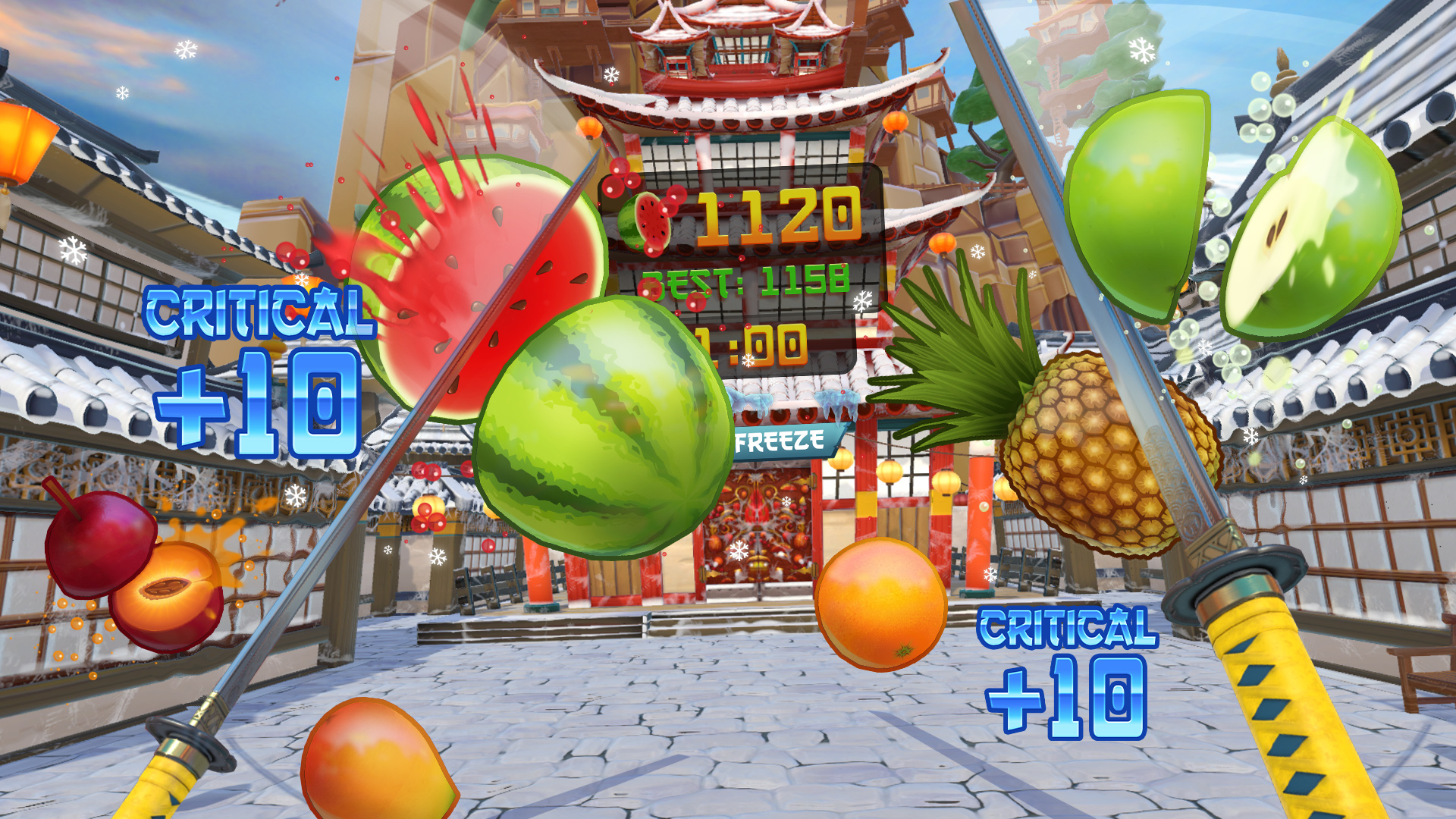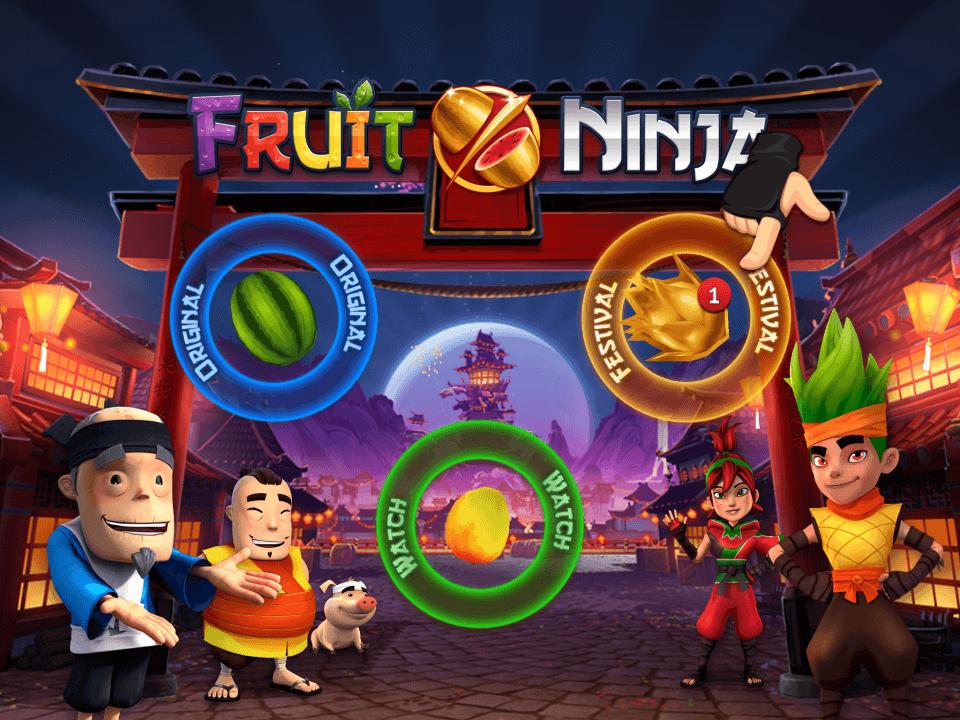

We first need to download the free version of SketchUp, which is called SketchUp Make. The models in this tutorial were downloaded from SketchUp 3D Warehouse where you can find a wide variety of 3D models.īecause Unity doesn't recognize the SketchUp file format, we need to convert it to something Unity can import. I recommend 3docean for high quality models and textures, but if you're testing or learning, then free models will work just as fine. To create the game, we first need to get a few 3D models. The sound effects used in this tutorial were obtained from PlayOnLoop and Freesound. I'll use a number of sounds to improve the audial experience of the game. If you decide to use another programming language, then make sure to take a look at Unity's Script Reference for examples. My personal preference goes to the C# programming language so that's the language I'll be using in this tutorial. Each programming language has its pros and cons, and it's up to you to decide which one you prefer. You can use one of three programming languages when using Unity, C#, UnityScript, a variation of JavaScript, and Boo. We'll use them frequently in this tutorial. Take a moment to look at the main interface panels, such as the Scene, Game, Hierarchy, Project, Assets, and Inspector. You're then presented with the workspace panels, which we'll also use in this tutorial. You can also modify the resolution that's being displayed in the Game panel. Step 5: Configure Unity's User Interfaceīefore we get started, make sure the 2D button in the Scene panel is not highlighted. You can do this in your favorite image editor. I've used the Adjust Size. function under the Tools menu in OS X's Preview application. Step 4: Export Graphicsĭepending on the devices you're targeting, you may need to convert the artwork to the recommended size and pixel density.
#FRUIT NINJA CODE#
Note that the code we'll write in this tutorial can be used to target any of the platforms.

#FRUIT NINJA ANDROID#

For example, the artwork needs to have a higher resolution if you're targeting an iPad with a retina display than a Lumia 520. This will help us select a proper size for the 3D textures and 2D GUI without making the artwork blurry or use textures that are too large for the target device. The first thing we need to do after selecting the target platform is choosing the size of the artwork we'll be using in the game. Set the project up for mobile development by choosing Build Settings from the File menu and selecting your platform of choice. In the next step, you're presented with Unity's user interface.

Tell Unity where you want to save the project and set the Set up defaults for: menu to 3D. Open Unity and select New Project from the File menu to open the new project dialog. 1. Project Setup Step 1: Create a New Unity Project You can find the artwork and additional resources in the tutorial's source files on GitHub. The screenshot below gives you an idea of the artwork we'll be using and how the final user interface will end up looking. The user interface of the game is straightforward. You will learn about the following aspects of Unity game development in this tutorial: The objective of the game is to cut the fruit that appears on the stage using the touch screen.
#FRUIT NINJA HOW TO#
In this tutorial, you'll learn how to create a mobile 3D game using C# and Unity.


 0 kommentar(er)
0 kommentar(er)
